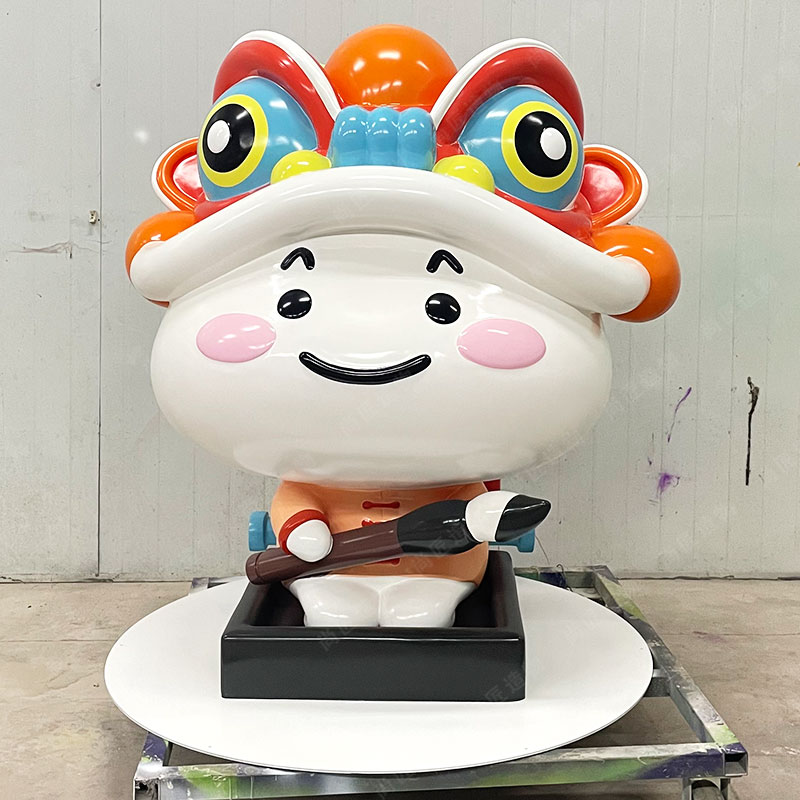Key Takeaways
Modern metal sculptures achieve motion through precise engineering that responds to environmental forces. Wind remains the primary driver, with balanced components designed to rotate or sway at specific wind speeds. Sunlight contributes through thermal expansion principles, where temperature changes cause controlled metal shifts—a technique requiring exact material thickness calculations.
“The interplay between static metal and dynamic nature challenges us to calculate motion parameters down to millimeter precision,” explains sculptor George Sherwood, whose avian-inspired works replicate wing flex patterns observed in migratory birds.
Stainless steel’s corrosion resistance and malleability make it ideal for outdoor kinetic art, though artists often combine brushed and polished finishes to enhance visual movement perception. Botanically themed pieces, for instance, use overlapping steel petals engineered to flutter at 5-8 mph winds—mirroring real flower behavior.
Tip: When viewing kinetic sculptures, observe how shadow patterns change with daylight angles; this reveals hidden dimensions of the artwork’s motion design.
Sherwood’s 25-year evolution reflects advancements in weather-resistant alloys and motion simulation software, enabling more nuanced translations of natural rhythms—from rippling water effects to predator-prey interaction sequences. Such works rely on harmonic hinges and counterweights, proving steel’s capacity to embody both strength and delicacy.
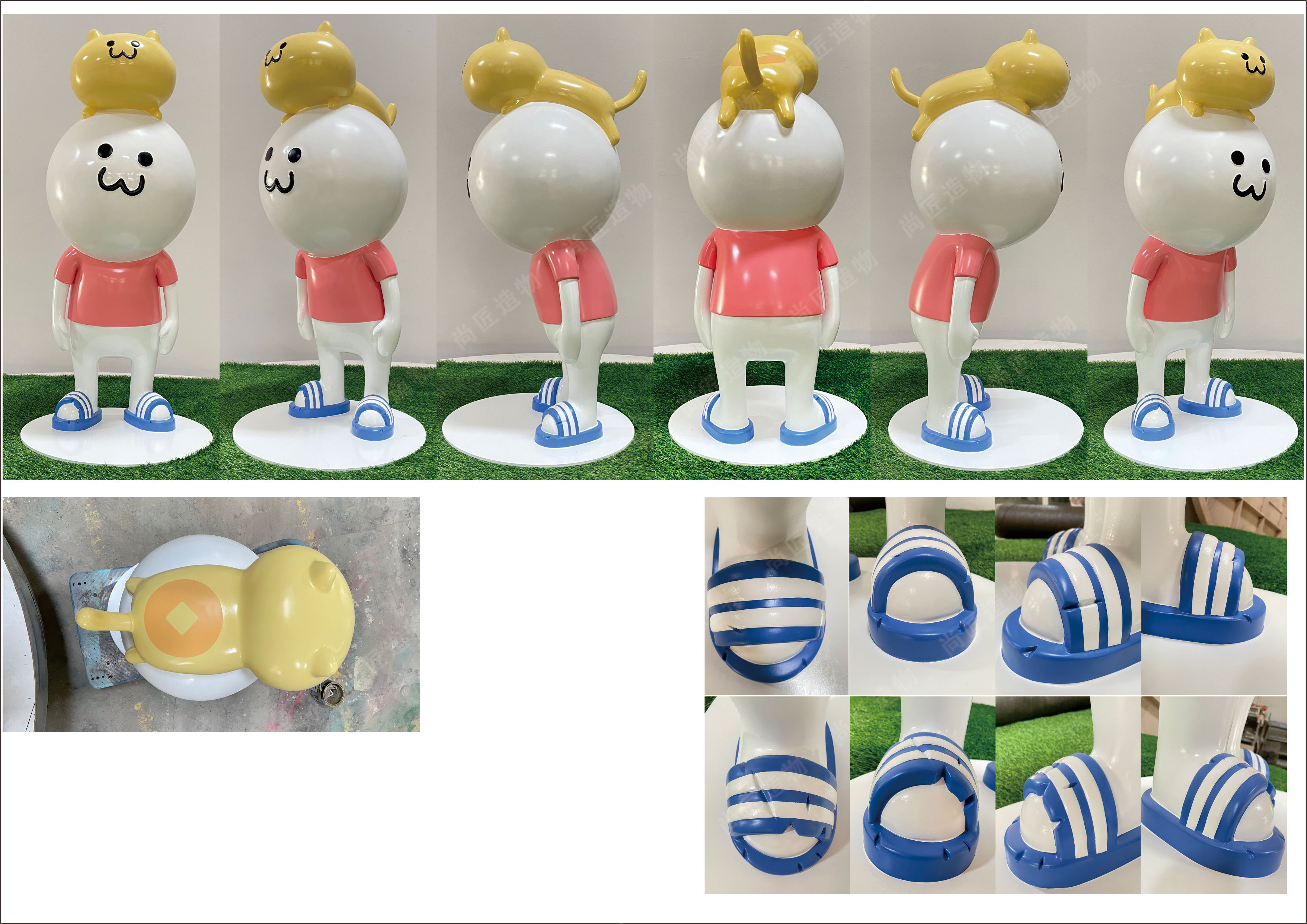
Wind Power in Kinetic Metal Sculptures
Wind serves as the invisible force animating stainless steel sculptures into rhythmic motion, transforming rigid metal into fluid expressions of nature’s energy. Artists like George Sherwood engineer precise aerodynamic forms—curved fins, rotating blades, or balanced pivots—to capture even subtle breezes. These designs rely on stainless steel’s durability and lightweight properties, allowing sculptures to sway, spin, or flutter without structural fatigue. For instance, Sherwood’s IP character sculpture series mimics avian wingbeats through layered metal sheets that respond dynamically to wind direction. By calibrating angles and weight distribution, kinetic artists ensure motion remains harmonious rather than erratic, echoing natural patterns like rustling leaves or ocean waves. This interplay between engineered precision and environmental unpredictability defines wind-powered metal art, bridging human creativity with the raw power of atmospheric currents.

Sunlight’s Role in Moving Artworks
Sunlight serves as both an energy source and a design catalyst for kinetic metal sculptures. Unlike wind-powered installations, solar-driven artworks rely on thermal expansion, light refraction, or photovoltaic systems to create motion. Stainless steel’s reflective surface amplifies this interaction, casting dynamic shadows that shift with the sun’s trajectory. Artists like George Sherwood often incorporate brass or copper accents, metals that expand differentially under heat, inducing subtle bends or rotations in sculptural components.
| Material | Sunlight Reaction | Motion Type |
|---|---|---|
| Stainless Steel | Reflects light, creates shadow patterns | Rotational sway |
| Brass | Expands unevenly when heated | Twisting |
| Copper | Conducts heat rapidly | Gentle undulation |
This interplay between material science and celestial mechanics allows sculptures to mimic natural rhythms, such as the slow unfurling of petals or the flutter of avian wings. For instance, Cartoon sculpture techniques sometimes inspire exaggerated solar-responsive movements, blending artistic whimsy with physics. By calibrating metal thickness and joint flexibility, creators ensure artworks respond consistently across seasons, transforming sunlight from a passive element into an active collaborator.
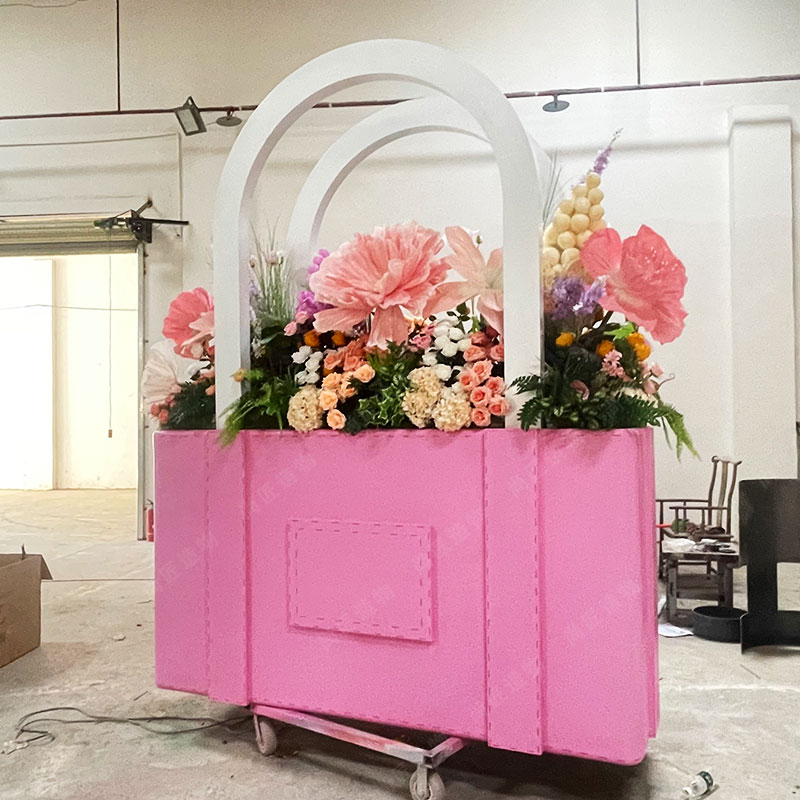
Nature’s Rhythms in Steel Art
Kinetic metal sculptures derive their lifelike motion not just from mechanical engineering but from a profound observation of natural patterns. Artists working with stainless steel often study cyclical phenomena—tides, seasonal growth, or even the flutter of insect wings—to replicate organic rhythms in rigid materials. By shaping steel into undulating curves or segmented forms, these works mirror the ebb and flow of ecosystems, transforming static metal into meditations on environmental harmony.
The interplay between material and environment is key. Stainless steel’s inherent flexibility allows it to respond subtly to external forces, while polished surfaces reflect shifting light patterns, creating visual rhythms that echo natural cycles. For instance, a sculpture mimicking aquatic motion might ripple under sunlight, its reflections evoking water’s ceaseless movement. This synergy between art and nature highlights humanity’s enduring fascination with translating ephemeral beauty into enduring forms.
Such works often serve as bridges between industrial craftsmanship and ecological awareness. By embedding natural rhythms into metal, artists invite viewers to reconsider their relationship with the environment—a theme central to modern kinetic sculpture practices. The result is a dynamic dialogue between human creativity and the timeless cadences of the natural world.

George Sherwood’s Kinetic Design Legacy
For over two decades, George Sherwood has refined the interplay between metal and nature, creating kinetic sculptures that respond to environmental forces with uncanny fluidity. His work bridges engineering precision and artistic intuition, using stainless steel’s reflective surfaces and structural resilience to translate natural motion into three-dimensional form. Sherwood’s designs often draw inspiration from avian flight patterns and aquatic currents, with articulated components that pivot or sway in sync with wind gusts. This approach transforms static metal into dynamic installations, evoking the grace of Realistic sculpture while embracing abstraction.
Central to his legacy is the integration of solar energy, enabling sculptures to shift subtly under sunlight through thermal-responsive mechanisms. By studying flora—such as seed dispersal or petal unfolding—Sherwood developed hinge systems that replicate organic rhythms without mechanical aids. His installations, found in public spaces worldwide, demonstrate how industrial materials can harmonize with ecological systems, inviting viewers to reconsider humanity’s relationship with natural forces. This philosophy has influenced a generation of artists exploring motion as both aesthetic and ecological commentary.
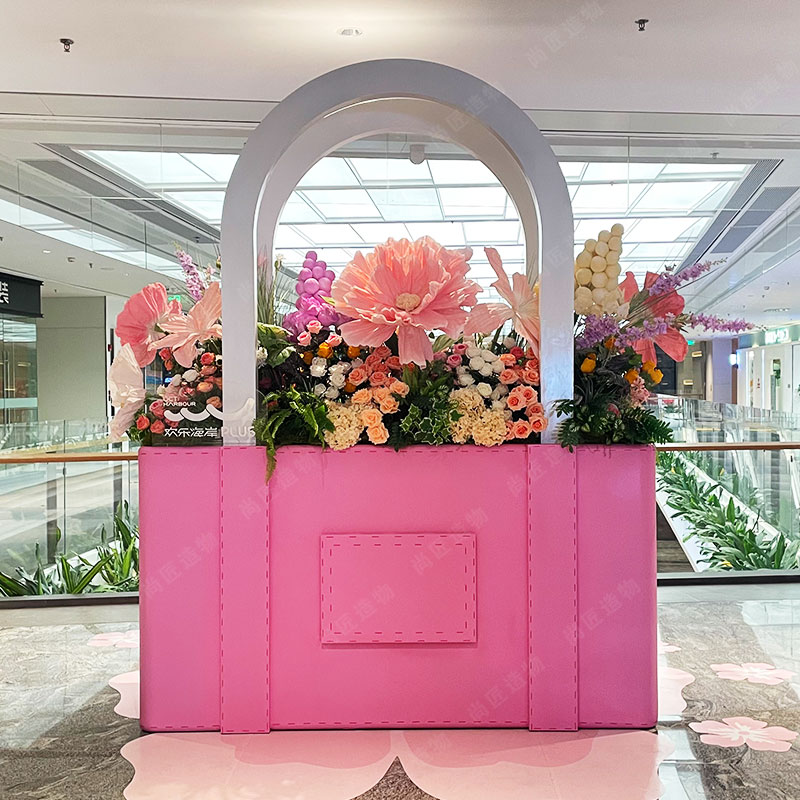
25 Years of Evolving Metal Motion
Over the past quarter-century, advancements in kinetic sculpture have transformed static metal into dynamic storytellers of natural forces. Artists like George Sherwood have refined techniques to balance structural integrity with fluid responsiveness, shifting from rudimentary wind-driven pivots to intricate systems that integrate solar energy and gravitational balance. Early works relied on manual calibration for predictable breezes, but modern pieces employ parametric design tools to adapt to variable conditions—whether mimicking a heron’s wingbeat or the flicker of sunlight through leaves.
Material innovation has been pivotal. While stainless steel remains favored for its corrosion resistance, experiments with alloys and composite materials—including Fiberglass sculpture—have expanded motion possibilities. Sherwood’s 2003 Wavefield series, for instance, introduced asymmetrical weight distribution to replicate water ripples, while his later Solar Bloom installations used photovoltaics to power subtle rotational shifts. This progression reflects a broader artistic shift: from literal representations of nature to abstract interpretations of its underlying rhythms, achieved through iterative prototyping and computational modeling.
Mimicking Birds and Water in Sculpture
Kinetic sculptors often draw inspiration from nature’s most fluid movements, translating avian grace and aquatic rhythms into stainless steel. George Sherwood’s works, for instance, replicate the delicate flutter of bird wings through precisely angled metal sheets that pivot with wind currents. By studying the aerodynamics of feathers and the undulating patterns of flowing water, his sculptures achieve an engineered balance between rigidity and motion.
The interplay of light and shadow on polished stainless steel sculpture surfaces further enhances this illusion, creating shimmering effects reminiscent of ripples or schools of fish. Sherwood’s techniques involve laser-cutting metal into organic shapes that sway like reeds or spin like seed pods, blurring the line between manufactured art and natural phenomena. This approach not only mirrors ecological forms but also invites viewers to observe how engineered structures can harmonize with environmental forces, echoing the seamless adaptability found in living ecosystems.
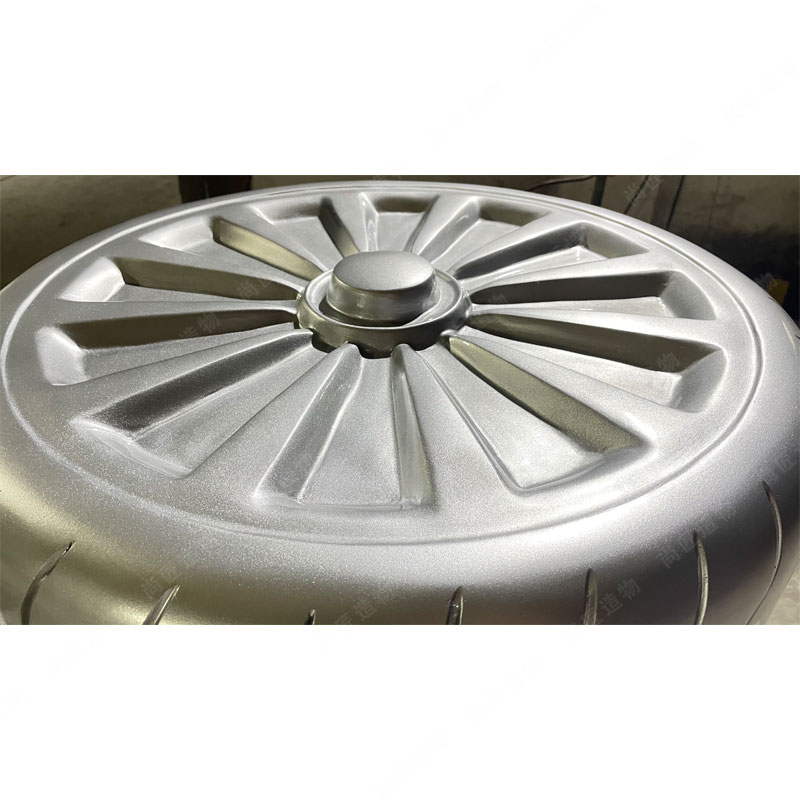
Stainless Steel’s Dynamic Potential
Stainless steel’s unique properties make it a cornerstone of modern kinetic sculpture. Unlike traditional materials, its resistance to corrosion ensures durability in outdoor settings, while its malleability allows artists to shape fluid, organic forms. This combination of strength and flexibility enables sculptors to create works that bend, twist, or sway without compromising structural integrity.
The metal’s reflective surface adds another layer of interaction with natural elements. Sunlight bounces off polished curves, casting dynamic shadows that shift with the time of day. When paired with wind or water currents, stainless steel’s lightweight variants respond smoothly, translating subtle environmental changes into visible motion. Over decades, advancements in metallurgy have refined these qualities, allowing artists to achieve precision in balancing weight and movement.
George Sherwood’s experimentation with stainless steel exemplifies this potential. By thinning metal sheets or reinforcing joints, he crafts pieces that mimic natural rhythms—like a bird’s wingbeat or water ripples—while maintaining the material’s industrial character. This adaptability ensures stainless steel remains central to evolving interpretations of motion in sculpture.
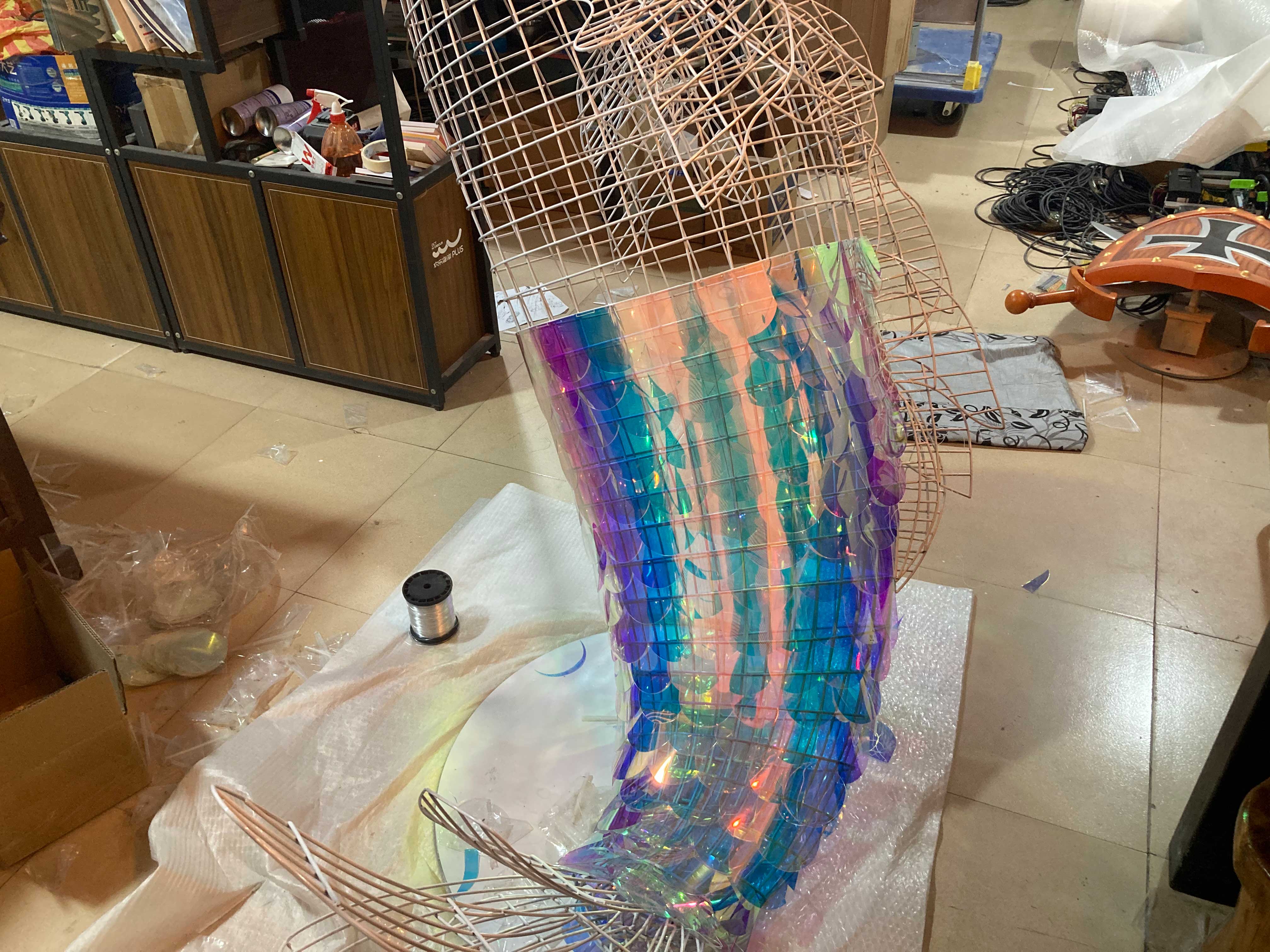
Floral Motion Captured in Metal
Translating the delicate sway of petals or the unfurling of blossoms into rigid metal requires both technical precision and artistic intuition. Artists like George Sherwood achieve this paradox by studying organic growth patterns and leveraging stainless steel’s unique properties—its flexibility allows for slender, curving forms, while its durability withstands environmental stresses. By laser-cutting sheets into petal-like layers or welding overlapping shapes, sculptors create depth that mimics natural textures. Sunlight amplifies the effect, casting shadows that shift like real foliage in a breeze. Unlike static floral sculptures, kinetic designs incorporate pivoting joints or tapered edges, enabling sections to rotate subtly with wind currents. This interplay between fixed metal and fluid motion echoes how flowers respond to their surroundings—sturdy yet responsive. Such works often draw inspiration from specific species, like lilies or daisies, but abstract their forms to emphasize universal rhythms of growth and decay. The result blurs the line between industrial material and living organism, inviting viewers to reconsider how nature’s fragility can be immortalized in steel.

Conclusion
As we reflect on the interplay between art and nature, kinetic metal sculptures stand as testaments to human ingenuity’s ability to harmonize with environmental forces. George Sherwood’s quarter-century of experimentation reveals how stainless steel—once rigid and unyielding—can embody fluidity when guided by wind, light, and organic patterns. These works do not merely imitate birds, water, or flowers; they translate nature’s transient rhythms into enduring forms, inviting viewers to perceive motion as both an artistic medium and a universal language. By bridging mechanical precision with ecological sensitivity, such creations challenge static notions of sculpture, proving that metal can breathe, sway, and evolve alongside the elements that animate it. This synergy between material innovation and natural inspiration continues to redefine what public art can achieve in dynamic outdoor spaces.
Frequently Asked Questions
How do metal sculptures move without motors?
Kinetic sculptures capture natural energy through balanced designs. Wind currents push carefully angled surfaces, while thermal expansion from sunlight causes gradual shifts in metal components—creating silent, perpetual motion.
What makes stainless steel ideal for outdoor kinetic art?
The alloy resists corrosion and maintains structural integrity across temperatures. Its reflective surface interacts with light patterns, while polished edges catch breezes effectively, allowing sculptures to respond sensitively to environmental changes.
Why do some sculptures resemble biological forms?
Observing nature’s efficiency informs artistic engineering. Curved metal "feathers" replicate birds’ flight adjustments, while overlapping panels mimic fish scales moving in water—translating organic fluidity into durable steel interpretations.
How do artists ensure movement longevity?
George Sherwood’s quarter-century practice refined bearing systems and joint tolerances. Weather-resistant pivots withstand decade-long exposure, and calculated weight distributions prevent material fatigue, enabling sculptures to cycle through motions millions of times.
Can static installations still convey motion?
Yes. Directional polishing creates light trails across stationary surfaces, suggesting movement. Spiraling patterns in welded steel produce optical illusions of rotation when viewed from different angles, engaging viewers’ perception of dynamic energy.
 ch
ch English
English

